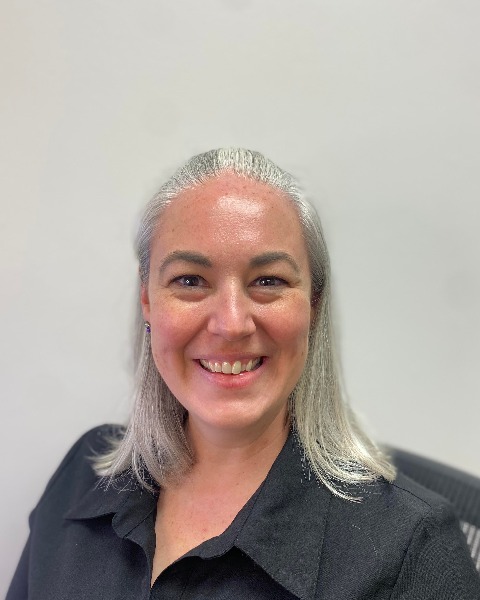Hospital Medicine Works in Progress
Session: Hospital Medicine Works in Progress
WIP 86 - Use of Bedside Ultrasound to Identify Lung Pathology in Hospitalized Children
Sunday, April 27, 2025
8:30am - 10:45am HST
Publication Number: WIP 86.7636
Catlyn Blanchard, Tripler Army Medical Center, Mililani, HI, United States; Lauren Staiger, Uniformed Services University of the Health Sciences F. Edward Hebert School of Medicine, Honolulu, HI, United States; Nikki Rousslang, Tripler Army Medical Center, Honolulu, HI, United States; Veronica J. Rooks, Tripler Army Medical Center, Kailua, HI, United States

Catlyn Blanchard, MD/PhD
NICU Fellow
Tripler Army Medical Center
Mililani, Hawaii, United States
WIP Poster Presenter(s)
Background: Respiratory disease in pediatric patients often relies on portable chest x-rays (CXR) to assist in diagnosis. Portable x-ray images are of poor quality, which can lead to the need for multiple images. Multiple images taken throughout a prolonged hospitalization can lead to increased lifetime exposure to radiation. Ultrasound is a radiation free imaging modality commonly used to identify pathology in hospitalized pediatric patients. Despite the ease of use and efficacy in diagnosis, many hospitals have not adopted point of care lung ultrasound (LUS) in routine clinical practice.
Objective: We endeavor to show that lung ultrasound is not inferior to CXR when identifying lung pathology in pediatric patients in a community military hospital setting.
Design/Methods: The IRB for this project has been reviewed and approved. Inclusion criteria for our study are children aged 0 to 7 years admitted to the hospital due to respiratory disease and with a CXR during admission. Exclusion criteria are patients without a CXR or those unlikely to tolerate LUS due to anxiety or clinical illness. Ultrasound images will be obtained by a neonatal practitioner using two different probes. Images will be analyzed using a scoring system looking at typical features of LUS by the neonatal practitioner. The same images will be batched and analyzed monthly by a pediatric radiologist with extensive training in lung ultrasound using the same scoring system. The neonatal practitioner and pediatric radiologist lung ultrasound interpretations will be compared to each other using student t-test analysis. The neonatal practitioner probable diagnosis based on lung ultrasound will be compared to the CXR diagnosis using chi-square statistical analysis. The neonatal practitioner and pediatric radiologist will be blinded to each other’s interpretation and to the CXR read, but not the reason for hospital admission. We anticipate the need to recruit 50 patients for an appropriately powered study. To date, patient recruitment and interpretation is ongoing.

